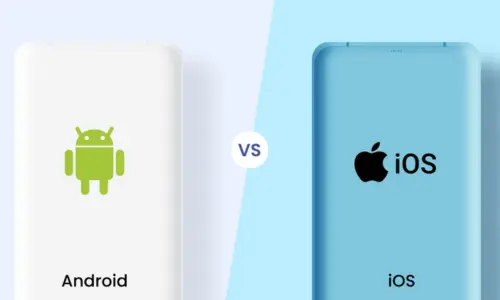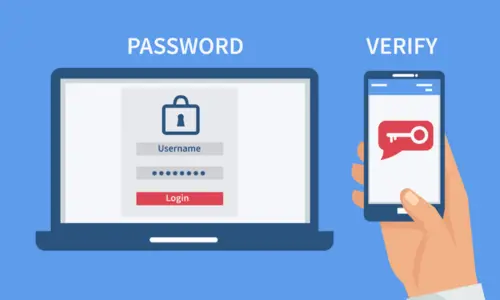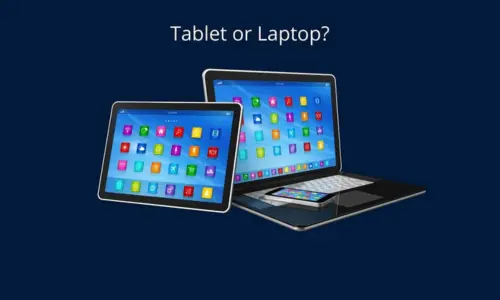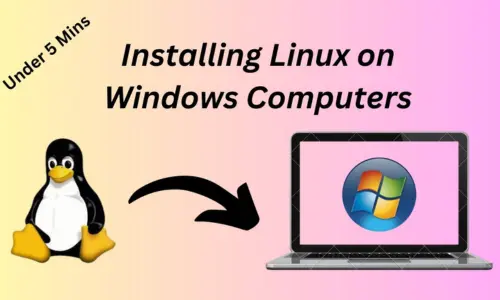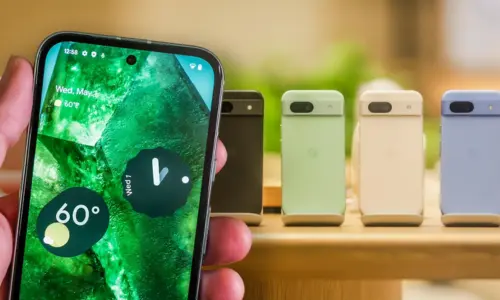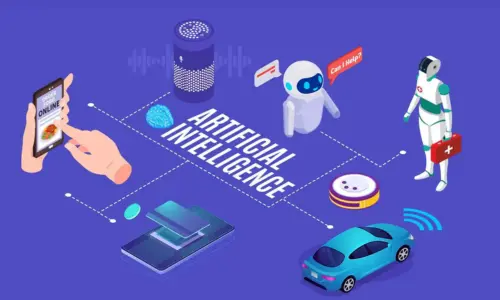Android vs iOS: Which Operating System is Right for You?
Choosing between Android and iOS, the two dominant mobile operating systems, is a decision that often sparks passionate debates. Both offer unique experiences, design philosophies, and ecosystems, making the choice a highly personal one. Whether you’re buying your first smartphone or looking to upgrade, understanding the strengths and weaknesses of each system can help you make an informed decision.
In this detailed comparison, we’ll break down the key differences between Android and iOS, examining their user interfaces, app ecosystems, customization options, security, hardware integration, and much more. By the end of this article, you’ll have a clearer idea of which operating system aligns with your needs and preferences.
1. User Interface and Experience
The user interface (UI) is one of the most noticeable differences between Android and iOS, as each has its own design language and interaction style.
iOS:
- Simplicity and Consistency: Apple’s iOS is known for its clean, intuitive interface that prioritizes ease of use. The design is consistent across all iPhone models, and the layout of apps, settings, and menus is simple and straightforward.
- Smooth Animations: iOS is renowned for its smooth transitions and animations, giving it a polished and fluid feel.
- Home Screen and App Organization: iOS uses a grid of icons on the home screen, which can now be customized with widgets (since iOS 14), though the level of customization is still more limited compared to Android.
Android:
- Customization: Android offers a more customizable user experience, allowing you to arrange icons, widgets, and shortcuts anywhere on the home screen. You can also download third-party launchers to completely revamp the look and feel of your device.
- Variety of Interfaces: Android’s UI can vary depending on the manufacturer (e.g., Samsung’s One UI, Google’s Pixel UI, OnePlus’s OxygenOS). This variety can be both a blessing and a curse—users have more choices but may also encounter inconsistencies between devices.
- Multitasking Flexibility: Android excels at multitasking, with features like split-screen view, letting you run two apps simultaneously, a feature iOS only recently adopted.
2. Customization and Personalization
Android:
- Complete Control: Android is the clear winner when it comes to customization. Users can change everything from home screen layouts to default apps, and even root their devices for more control. Customization options include wallpapers, widgets, icon packs, fonts, and even the functionality of navigation buttons.
- Open Source: Android’s open-source nature means you can do a lot more with the OS, including side-loading apps that aren’t available on the official Google Play Store.
iOS:
- Limited Customization: While iOS has made strides in customization with widgets and home screen tweaks, it still remains far more restrictive compared to Android. Users can now customize icons and create app folders, but deeper system modifications are not possible without jailbreaking, which can void warranties and compromise security.
- Focus on Uniformity: Apple keeps a tight grip on the overall look and feel of iOS, ensuring a uniform experience across all devices. While this limits flexibility, it also contributes to iOS’s polished user experience.
3. App Ecosystem and Quality
The app stores for both Android and iOS are vast, but each platform handles apps slightly differently, both in terms of availability and quality.
iOS (App Store):
- Higher Quality Control: Apple’s App Store is more curated, with stricter guidelines for app submissions. As a result, apps on iOS are often optimized better and have fewer bugs.
- Early Access to Apps: Many developers prioritize iOS when launching new apps, meaning that iPhone users often get early access to the latest apps and updates.
- Fewer Fragmentation Issues: Since Apple controls both the hardware and software, iOS apps are typically optimized to run smoothly across all supported devices.
Android (Google Play Store):
- Broader App Selection: Android users benefit from a larger variety of apps, including free, open-source software and third-party apps that aren’t available on the Play Store.
- Google Play vs. App Store: While the Play Store has improved its quality control in recent years, Android apps may not always be as polished as their iOS counterparts. This is partly due to fragmentation, as developers have to optimize apps for a wider variety of devices and screen sizes.
- Sideloading and App Freedom: Android allows users to install apps from outside the Play Store, offering more freedom, but this also increases the risk of downloading malware or poorly designed apps.
4. Security and Privacy
Both Android and iOS have made significant advancements in security and privacy, but there are key differences in their approach.
iOS:
- Privacy by Design: Apple has positioned itself as the more privacy-conscious company, with features like App Tracking Transparency, which requires apps to get user permission before tracking their activity across other apps and websites.
- Faster Security Updates: iOS updates are rolled out directly by Apple and can be installed immediately by users, ensuring that security patches are applied quickly.
- Walled Garden: The closed nature of iOS makes it more resistant to malware and exploits. Apple’s strict control over the App Store ensures that malicious apps are rare.
Android:
- Open Source Risks: Android’s open nature, while great for customization, also makes it more vulnerable to malware and security breaches, especially for users who install apps from outside the Play Store.
- Fragmented Updates: Due to the variety of manufacturers using Android, security updates are often delayed, leaving some devices vulnerable for longer periods.
- Google Privacy Policies: Android is tied to Google’s ecosystem, which is built on data collection and targeted advertising. While Android offers privacy controls, they are less stringent than Apple’s.
5. Hardware Integration and Device Compatibility
iOS:
- Seamless Integration with Apple Ecosystem: If you’re already invested in the Apple ecosystem (MacBook, iPad, Apple Watch, etc.), iOS provides the best experience. Features like Handoff, Continuity, iCloud, and AirDrop allow for seamless integration across all Apple devices.
- Uniform Hardware: iOS is designed to work perfectly with a limited set of devices, leading to better optimization and fewer performance issues.
Android:
- Variety of Devices: Android’s biggest strength is its diversity in hardware. From budget-friendly phones to flagship devices from brands like Samsung, Google, OnePlus, and more, Android offers a wider variety of price points, sizes, and features.
- Custom ROMs and Mods: Advanced users can install custom ROMs to replace the stock version of Android, offering even greater control over the device.
6. Performance and Updates
iOS:
- Consistent Performance: Apple’s control over both hardware and software ensures that iPhones typically run smoothly for years. iOS is highly optimized for the hardware, resulting in fewer crashes and better long-term performance.
- Long-Term Support: iPhones receive updates for 5-6 years, making iOS devices more future-proof than most Android devices.
Android:
- Wide Range of Performance: Because Android runs on a wide variety of devices, performance can vary dramatically. Flagship Android phones often rival or even surpass iPhones in terms of raw power, but lower-end devices may struggle with performance issues over time.
- Update Fragmentation: Android updates are often delayed by carriers and manufacturers, meaning some users may not receive the latest version for months, or ever, depending on the device.
Conclusion
Choosing between Android and iOS ultimately comes down to your personal preferences and needs:
- Choose iOS if you value simplicity, security, a polished app experience, and integration with other Apple devices. It’s ideal for users who prefer a consistent, user-friendly experience and don’t mind less customization.
- Choose Android if you want customization, a wider range of hardware choices, and flexibility in how you use your device. Android is perfect for tech enthusiasts, users on a budget, or those who want more control over their mobile experience.
Both operating systems are excellent in their own right, and there’s no one-size-fits-all answer. The best operating system for you depends on what you prioritize in your daily mobile experience.

